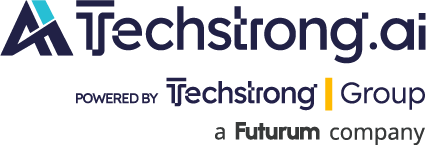Synopsis: In this Techstrong.ai video interview, Digital.ai CEO Derek Holt dives into how organizations will have to think through the way artificial intelligence (AI) agents need to be managed at scale across the enterprise.
In this Techstrong AI interview, Mike Vizard speaks with Derek Holt, CEO of Digital.ai, about the evolving role of AI agents within enterprise software development and operations. Holt explains that while excitement around agents is growing, many organizations struggle because their business processes are poorly documented or understood, making it hard to automate with AI. Companies that have previously codified processes through traditional automation are better positioned to leverage AI, but Holt stresses that we are still early in the journey. For now, humans will need to supervise AI agents closely, and true autonomy will likely evolve gradually, rather than happening overnight.
The conversation also explores the challenges of orchestrating, governing, and ensuring the quality of multiple AI agents working together. Holt notes that while generative AI lowers the entry barrier by allowing natural language interaction, enterprise-grade AI must still be explainable, high-quality, and secure before widespread adoption. He compares the progression of AI to the path of autonomous vehicles—initial hype followed by slower, incremental advances as edge cases and real-world complexities are addressed. Additionally, Holt highlights the growing need to merge DevOps, MLOps, and DataOps practices into what he calls “XOps,” as enterprises embed AI models into their applications and workflows.
Finally, Holt and Vizard discuss the future where AI might help build and manage other AI agents, creating complex layers of interdependencies. However, Holt cautions against focusing only on futuristic scenarios. Instead, he emphasizes solving real business problems today with a practical mindset: Organizations must first establish solid measurements of productivity and automation before effectively comparing AI-powered improvements. The key is focusing on outcomes, managing the lifecycle of AI-enhanced applications responsibly, and avoiding bottlenecks in testing, security, and deployment.

